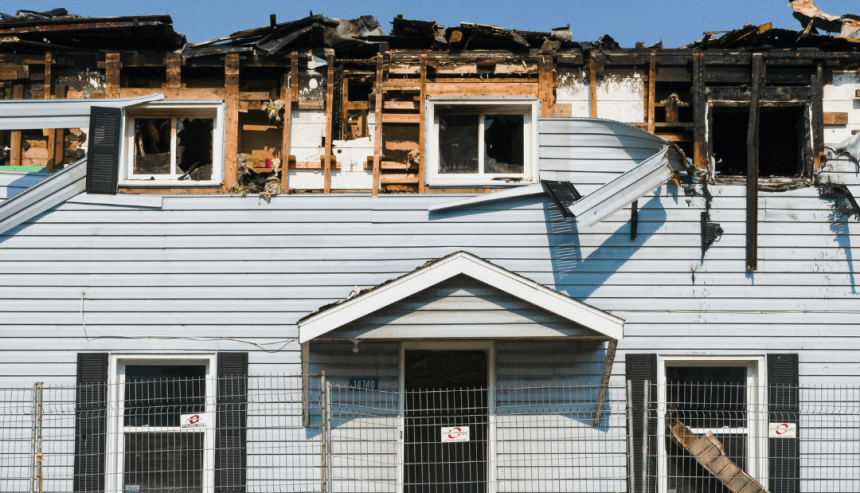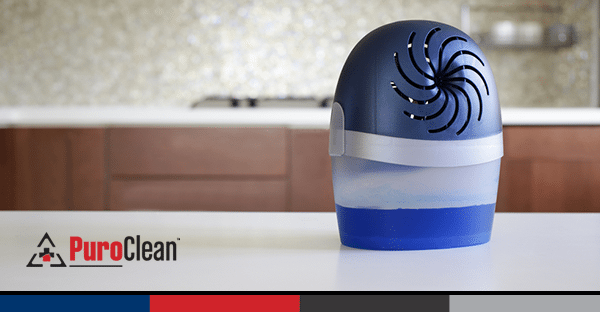Experiencing a fire in your home or business can be devastating, leaving you with a whirlwind of emotions and decisions to make. The aftermath is often overwhelming, prompting questions about what steps to take next, particularly when it comes to restoring your property. One of the most pressing questions on most people’s minds is, “How long does fire restoration take?” Grasping the fire restoration timeline is crucial for managing expectations, planning your recovery, and regaining a sense of normalcy.
Fire restoration involves a meticulous series of steps aimed at repairing and restoring a property that has suffered fire damage. The process is comprehensive, addressing not only the visible damage but also underlying issues such as smoke odor and structural integrity. The ultimate goal is to return the property to its pre-fire condition as swiftly and safely as possible, minimizing disruption to the lives of those affected.
Initial Assessment and Emergency Response
The journey to restoration begins with an initial assessment, which is critical for understanding the scope of work required. After the fire department has declared the property safe, a professional restoration company steps in to evaluate the extent of the damage. This assessment is essential for developing a detailed, strategic plan tailored to the specific needs of the restoration process, ensuring that no critical aspect is overlooked.
Following the assessment, emergency fire damage services are often initiated to prevent further deterioration of the property. This can involve boarding up broken windows, securing the premises to deter unauthorized entry, and removing any water used during firefighting efforts to mitigate additional damage. These immediate actions are crucial for stabilizing the situation and setting the stage for a successful restoration.
The Fire Restoration Timeline
The fire restoration timeline is not a one-size-fits-all scenario; it can vary widely based on several influencing factors. These include the extent of the damage, the size of the property, and the specific restoration services required. For property owners, understanding these variables can provide insight into the potential duration and complexity of the restoration process, helping them prepare mentally and logistically for the road ahead.
Factors Affecting the Timeline
- Extent of Damage: The severity of the fire damage plays a pivotal role in determining the restoration timeline. A property with minor damage might be restored in a few days, while extensive damage could necessitate several weeks or even months of work. The complexity of repairs required for severely damaged structures can significantly prolong the timeline.
- Size of the Property: Naturally, larger properties require more time for restoration compared to smaller ones. The sheer volume of work needed to address every corner of a substantial building can extend the process. This includes not only the structural repairs but also the cleaning and deodorizing efforts required for a comprehensive restoration.
- Restoration Services Needed: The need for specialized services, such as advanced odor removal techniques or extensive structural repairs, can also extend the timeline. Each additional service requires time and expertise, adding layers of complexity to the restoration process. Understanding the scope of these services can help set realistic expectations for the duration of the project.
Typical Restoration Phases

Understanding the distinct phases of fire restoration can provide clarity on what to expect during the process. Each phase addresses specific aspects of damage, systematically bringing the property back to its original state.
Phase 1: Securing the Property
Securing the property is the first and immediate priority. This phase involves boarding up and tarping services to protect the property from further damage due to weather or potential intruders. These actions are not only about safeguarding the structure but also about ensuring the safety of anyone entering the property post-fire.
Phase 2: Water Removal and Drying
If water was used to extinguish the fire, prompt removal and drying are critical to prevent secondary damage. Water damage, if left unaddressed, can lead to mold growth and further structural issues. This phase typically takes a few days, depending on the volume of water present and the efficiency of the drying equipment used.
Phase 3: Smoke and Soot Removal
Smoke and soot can cause significant damage to both the structure and contents of a property if not properly cleaned. This phase involves a thorough cleaning of surfaces, furniture, and personal belongings to remove soot and deodorize the property. The complexity of removing smoke and soot often means this step can take several days to weeks, depending on the severity of the damage.
Phase 4: Cleaning and Sanitizing
This phase ensures that the property is free from any residual smoke and soot particles. A thorough cleaning and sanitizing process is essential to ensure that the environment is safe for future occupancy. This not only involves surface cleaning but also treating the air quality to eliminate lingering odors and contaminants.
Phase 5: Repair and Restoration
The final phase involves repairing and restoring the property to its pre-fire condition. This can include structural repairs, repainting, and replacing damaged materials. The duration of this phase can vary greatly depending on the extent of the repairs needed and the availability of materials and labor. Successful completion of this phase is crucial for restoring normalcy and functionality to the property.
Tips for Accelerating Fire Restoration

While the timeline for fire restoration can vary, there are proactive steps you can take to help expedite the process and ensure a smoother recovery.
Stay Involved
Maintaining regular communication with the restoration team is key to keeping the project on track. By asking questions and requesting updates, you can ensure that progress aligns with the timeline and address any concerns promptly. Staying involved also helps build a collaborative relationship with the restoration professionals, fostering trust and transparency.
Prepare Necessary Documentation
Having all necessary documentation ready, such as insurance details and property records, can help speed up the claims and restoration process. Being organized and proactive in providing information can prevent delays and ensure that all aspects of the restoration are addressed efficiently.
Prioritize Safety
Ensure that safety remains a top priority throughout the restoration process. Rushing the process can lead to incomplete work and potential hazards in the future. It’s crucial to balance speed with thoroughness to achieve a safe and effective restoration.
Reliable Fire Restoration Services in Centennial, CO
At PuroClean Certified Restoration Specialists, we know that the timeline for fire restoration can vary depending on the extent of the damage. That’s why we focus on clear communication and a consistent process, helping you understand what to expect at every stage. Acting quickly, staying informed, and working with a trusted restoration team like ours are key to a smooth recovery.
If your home or business has suffered fire damage, contact our team for emergency services. We’re available when you need us most, ready to restore your property safely, efficiently, and with the care you deserve.



